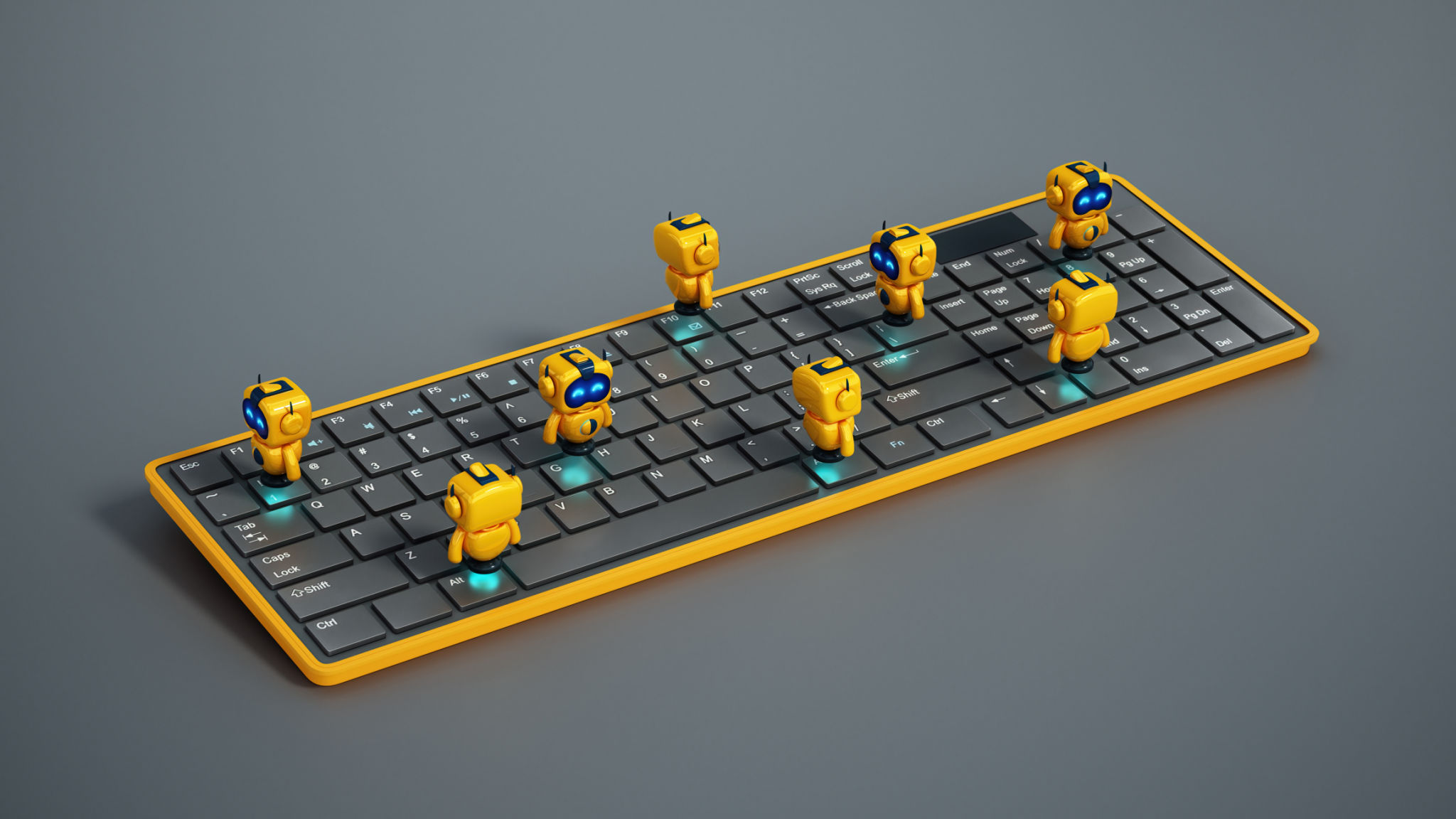Exploring Leading AI Innovations Inspired by Nature Worldwide
Introduction to Biomimicry in AI
The world of artificial intelligence is constantly evolving, with researchers and developers seeking innovative ways to enhance technology. A fascinating approach that has gained momentum is taking inspiration from nature, a concept known as biomimicry. By mimicking natural processes, AI innovations have the potential to revolutionize industries, offering efficient and sustainable solutions.
Nature's designs are the result of millions of years of evolution, making them incredibly efficient and adaptable. By studying these natural systems, AI developers can create algorithms and technologies that solve complex problems in new and inventive ways.

Swarm Intelligence: Lessons from Insects
One remarkable example of biomimicry in AI is swarm intelligence, which takes cues from the collective behavior of insects like ants and bees. These creatures work together seamlessly to achieve common goals without centralized control. This concept has been applied to develop algorithms that optimize routing and logistics, as well as enhance robotic coordination.
Swarm intelligence is particularly effective in dynamic environments where adaptability and decentralized decision-making are crucial. By implementing these strategies, companies can improve efficiency and reduce costs while maintaining flexibility in their operations.
Autonomous Drones and Swarm Robotics
Swarm robotics, inspired by insect behavior, has paved the way for advancements in autonomous drones. These drones can work collaboratively to cover large areas for agricultural monitoring, disaster response, and even delivery services. The ability to adapt and respond as a group allows for greater coverage and efficiency than traditional methods.

Neural Networks: Emulating the Human Brain
Another profound AI innovation rooted in nature is the development of neural networks, which are modeled after the human brain's structure and function. These networks consist of interconnected nodes that process information in a manner similar to neurons.
Neural networks have revolutionized fields such as image recognition, natural language processing, and predictive analytics. By emulating the brain's ability to learn and adapt, these AI systems can improve their accuracy over time, leading to more intelligent and intuitive applications.
Deep Learning and its Applications
Deep learning is a subset of neural networks that involves multiple layers of processing units, allowing for the extraction of more abstract features from data. This technique has been instrumental in breakthroughs such as self-driving cars, facial recognition technology, and advanced medical diagnostics.

Genetic Algorithms: Evolutionary Problem Solving
Genetic algorithms are another AI innovation inspired by nature's processes. These algorithms mimic the principles of natural selection to solve optimization problems by evolving solutions over time. They start with a set of potential solutions and iteratively refine them, selecting the best candidates based on specific criteria.
This approach is particularly useful in complex problem-solving scenarios where traditional methods fall short. From designing efficient supply chains to optimizing financial portfolios, genetic algorithms offer versatile solutions across various industries.
Sustainability and Resource Management
By applying genetic algorithms, organizations can develop sustainable practices that minimize waste and optimize resource use. These algorithms help identify the most effective strategies for reducing energy consumption and improving environmental sustainability.

Conclusion: The Future of AI Driven by Nature
The integration of natural inspirations into AI technology represents a promising frontier for innovation. By leveraging the principles observed in nature, researchers are unlocking new potentials for AI systems that are not only efficient but also sustainable.
As we continue to explore these leading AI innovations inspired by nature worldwide, it is clear that the possibilities are vast. By embracing biomimicry, the next generation of AI solutions can address global challenges with creativity and precision.